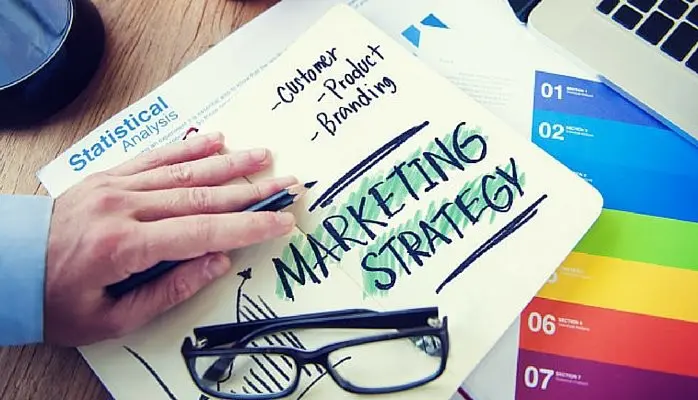
You have already dedicated much of your time, money, and other resources to set up your business website. Everything looks good, and you’re ready for people to see what you’ve got.
If only we could say that your marketing efforts stop there. Setting up your website is a great start, but now it’s time to get buyers to visit your page.
Most people have access to the internet, and a big chunk of those users are on Google, and the goal is to help people find your business.
Can Google Ads Help?
Google Ads, formerly AdWords, is a pay-per-click (PPC) platform that allows businesses to place shopping ads or text ads. These paid ads link people to a website on a search engine results page (SERP) for a keyword.
PPC means paying, if and only if, your ads are clicked. These ads are ranked first on Google search results and are an effective way to generate traffic.
As industry experts, we can confidently say that among your paid ad options, Google Ads might be the answer. Before you decide, let’s look at the benefits.
You Can Target Potential Clients While They Are Engaged
In the current digital climate, many consumers turn to Google for answers to searches such as “digital marketing agency Australia”. The Google search engine will pull up relevant suggestions.
You can get in front of potential customers at the moment they search for your product or service, as long as you bid on the right keywords for your industry.
You Can Focus On Niche Or Local Markets
Google Ads is a valuable investment for local businesses. Statistics show that 72% of consumers that perform a local search visit the store that is within 10km or less. By using a geographic range to limit your keyword, you avoid more nationally focused competition while reaching your local audience.
Google Ads can do the same for businesses that cater to niche markets. Because Google Ads is keyword-specific, you have the power to find your intended audience in a more targeted way compared to other platforms. Additionally, by using precise keywords, you lower the cost of your ad and reach the right consumers.
You Can Control Your Spending
Google does not run up significant charges on your business credit card. It allows you to set parameters for your campaign. Google Ads work on a cost-per-click basis. You only pay when your ad is clicked. You also set an average daily budget for your campaign.
You Can Expect Quick Results
One of the best things about Google Ads is the instantaneous results. Once you set up your campaign, fill in the target keywords, pick your daily budget, set up ad messaging, you are good to go. You may even begin generating sales from day one of your campaign.
Other digital marketing efforts such as search engine optimisation (SEO), which try to improve your search result rankings can take time to begin working. According to numerous case studies, this is not the case with Google Ads.
You Can Track These Results
Google Analytics, a free information tool, can assist businesses with conversions on PPC ads; optimise websites, product descriptions as well as track visitor behaviour on the platform.
Another appealing quality that Google Ads brings to the table as a marketing tactic is its ability to track ROI. The Return on Investment that a marketing effort earns is a significant consideration for a marketing budget. Google PPC ads don’t keep users guessing regarding the ROI.
To Conclude — Are Google Ads Worth It?
Google Ads can be worth investing in for small businesses. As can be gauged above, there are plenty of benefits that come from advertising on Google. That includes the ability to easily track ROI, pay for performance model and a way to reach motivated and targeted audiences.
If you’re still worried about your marketing budget, you can avoid competing with larger businesses by selecting local and longtail keywords. Choosing alternative keywords will help dial down the cost of the ones that every company in your industry wants.
Get more clicks and sales with expert Google Ads management Google Ads Management Service offered by Mad Cat Marketing. The service that provides an all-in-one system to help your ideal clients find you.





